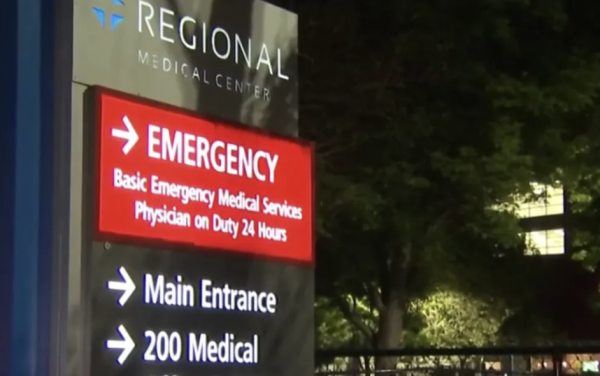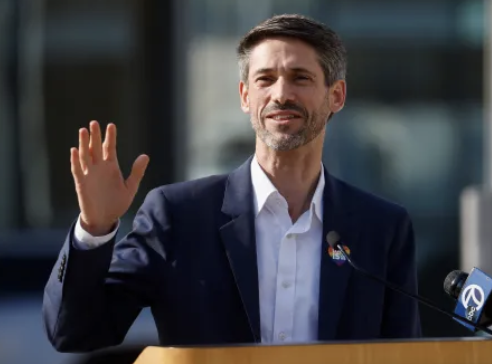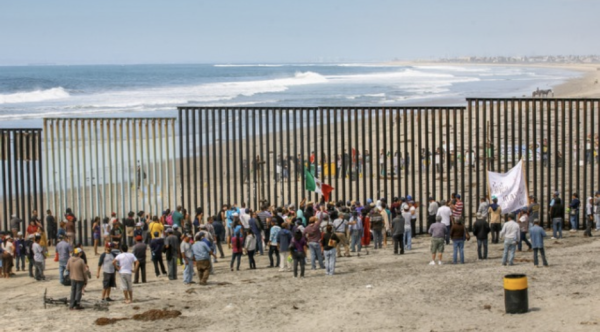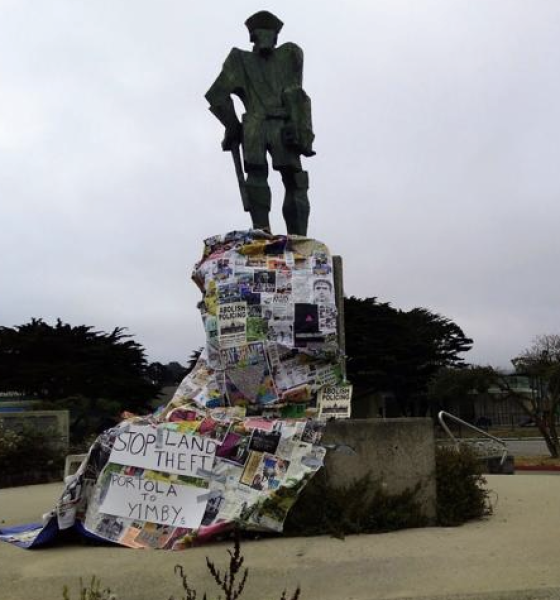Caught in the Crossfire: The Civilian Flight from Ukraine
The flight from Ukraine through the eyes of one man there.
April 16, 2022
The Russo-Ukrainian War began with Russia’s successful seizure of the region of Crimea in Ukraine in 2014. From the beginning, civilians became caught in the crossfire, with an estimated 140,000 people leaving Crimea following the Russian takeover. Russia has made an even bolder move as of February of this year, when it sent over 100,000 troops directly into mainland Ukraine in the hopes of pushing back NATO’s potential expansion into Eastern Europe. This territorially motivated campaign should not be paid for by everyday citizens, as it is ultimately the government’s war; yet the Russian army has used civilian structures as targets for attacks in the hope of forcing Ukraine’s surrender.
Unlike in 2014, this new era of the war has displaced over 4.3 million Ukrainian civilians and resulted in the deaths of another 1,890 in less than two months of combat. One such civilian is Bob Thomas, an American who moved to Kyiv five years ago, allured by its affordable living and his ability to obtain residency through teaching English classes to locals.
On February 24th, 2022, as Russian troops first made their way into Ukraine, Mr. Thomas heard air raid sirens ringing throughout Kyiv. At first, he had believed it was only a drill, but as the sirens continued, he realized that the rumors of an oncoming war were coming true. Luckily, he was able to arrange transportation out of the city with a friend of his who had a car, but still, he knew he was making his move a day too late.
As he walked to his friend’s apartment with his suitcase the next morning around 6:00 a.m., he could already hear the sound of bombs falling in the distance. An hour later, the cars were loaded up and ready to go, but just before they began their drive, the air raid sirens began again. Now, they were faced with two options: leave the city anyway or seek shelter until the sirens ceased. Luckily, they chose to make their escape as planned—just five hours after the group left, Russian troops reached the outskirts of Kyiv and began attempting to gain entry into the city.
In order to avoid the traffic that clogged the main highways, the group chose to take a series of roundabout backroads, yet still came across several military checkpoints. In mid-March, almost a month after leaving Kyiv, Mr. Thomas recalled the tension of these newly implemented stops, saying, “it’s a little unnerving to be at a checkpoint where the people checking your ID are holding machine guns.” In less than a day, Ukraine had become a country at war, holding its breath in tense anticipation of the future and allowing no one to escape scrutiny in the meantime.
The first night of his journey, Mr. Thomas spent the night in an office building in Khmelnytskyi that had been temporarily converted into a shelter for refugees fleeing the eastern part of the country. From there, he split up from the rest of the group and took a taxi to another friend’s apartment in Lviv, where he stayed another three nights as he formulated a plan of where to head next. At this apartment, he met a member of the American Peace Corps, and they decided to leave the country together.
Another taxi ride later, the pair reached the Slovakian border where they stood in line for two hours in 15℉ weather waiting to cross. There was no town on the Slovakian side of the border, but organizations had set up tents where they administered free food and necessities to refugees and arranged their transportation into nearby cities. Mr. Thomas caught a bus into one of these cities. There, he spent the night at a church along with other refugees before he was able to catch a second bus to Budapest, Hungary and then a flight to the United States. He is currently living with family in Texas and staying optimistic that he and others displaced by the attack will be able to return to Ukraine someday.











